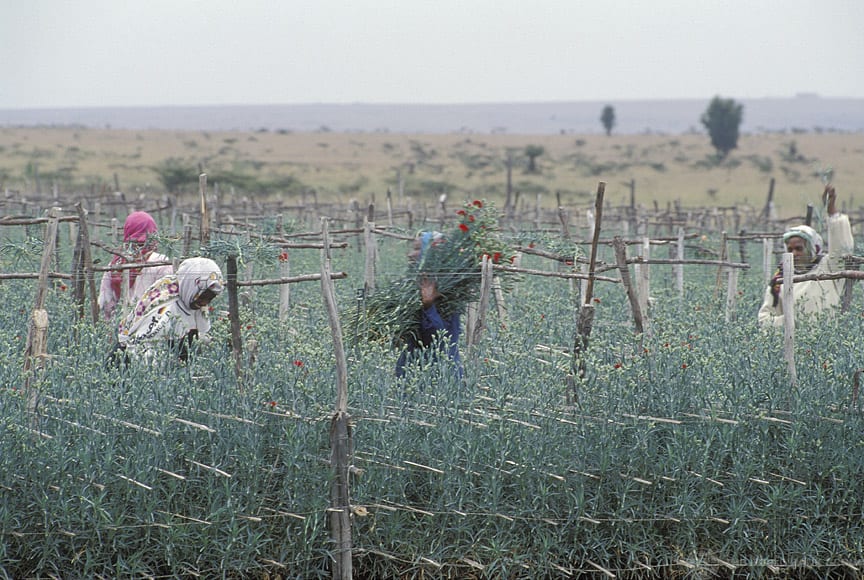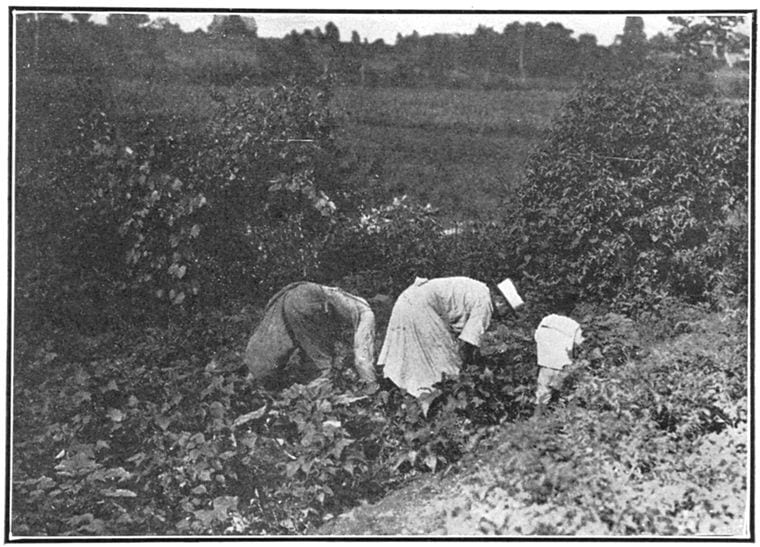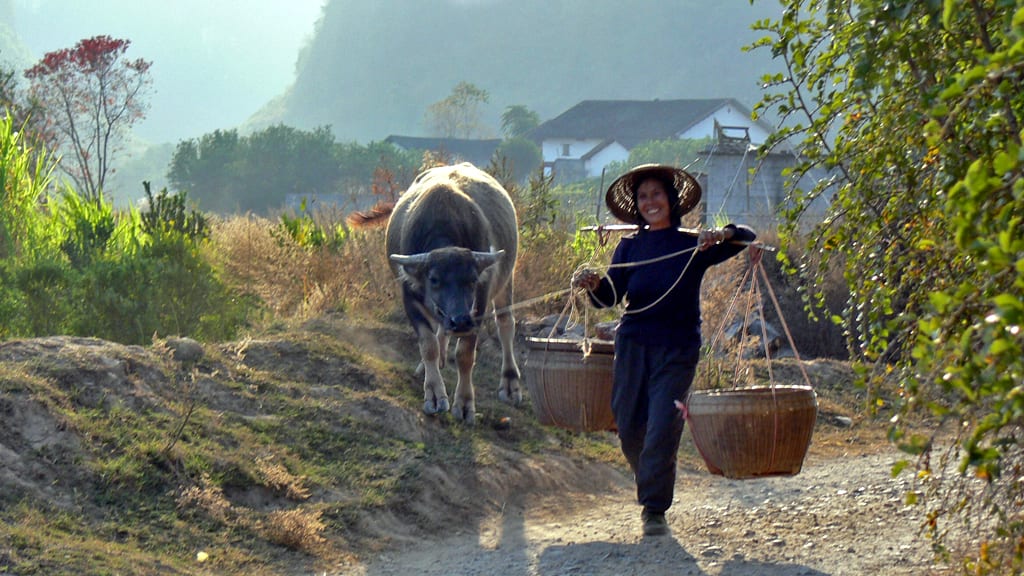When confronted with the imprecise notion of “sustainability†in agriculture, most people's thoughts drift to ideas of ecologically-mindful land management practices. I'll dub these concepts “the classicsâ€: rotate your crops, use less fertilizer and pesticides, always employ cover cropping. While these ideas are not wrong, they are incomplete in that they tend to omit some of the larger social contexts of sustainability, and agriculture is a realm in which the natural and social sciences are inextricably linked. Thus, agricultural systems are subject to the social structures and power dynamics of innumerable human societies and unsurprisingly, gender comes into play. One particularly insidious way in which women the world over are marginalized is at agriculture's foundation, within plant breeding and crop development. Is an agricultural system sustainable if there are inequities in who dictates which crops are developed?

At its crux, plant breeding strives to improve the genetic makeup of a plant for human consumption through the selection of a trait of interest. It is well-documented that there are differential crop trait preferences among men and women in the developing world. These differences arise when gender dynamics result in men and women interacting with the food system in functionally different ways; one classic example is when women are responsible for food preparation, while men are responsible for selling crops at market. Ergo, women tend to care about a wider “basket†of traits, with a greater focus on post-harvest traits pertaining to food processing, food use, nutrition, and familial food security. Conversely, men tend to have a narrower focus, caring more about crop traits pertaining directly to yield, crop productivity, and market orientation.
This is typified in one participatory plant breeding program for white pea bean in Ethiopia. While both genders were found to be concerned with traits pertaining to yield and drought tolerance, only women cared about bean cooking time and suitability for culinary purposes. Women were also more likely to prioritize an early harvest, a trait pertinent to familial food security, as this is the first crop to become available after the seasonal drought. Having different preferences is not in itself a problem, but issues arise when gender power dynamics influence who gets to exert their preferences.

While women produce more than half of the world's food, they're frequently excluded from formal plant-breeding networks, agricultural organizations that have regional decision-making power, seed markets, and agricultural extension services. This all contributes to a general under-representation of female-preferred crop varieties in the developing world. While women are frequently able to act upon their trait preferences in spaces deemed “feminineâ€, such as the home garden or subsistence plot, their preferences are often omitted from the larger, more productive plots of land used for cash crop production. In an increasingly globalized and urban food economy, the prominence of industrial, cash crops on our plates is ever-growing, and implicit in that is the deterioration of female-preferred varieties.
In one example from rural Mali men supplanted women and their traditional leaf and vegetable crops from stream gardens to plant non-traditional crops for market. One male farmer explained, “men in the community became more aware of the potential value of the low-lying stream areas and eventually displaced women in the cultivation of these areas. He said that they began to clear the areas and then proceeded to fence and claim them as their holdings. After all he said, ‘There was money to be made!'†Along with this shift in garden ownership came a reduction in the nutritional value of the community's meals. It is particularly alarming that the gender socialized to care about familial nutrition and food preparation is the one often excluded from crop variety development, as it is widely accepted that women are critical to global food security.

The solution to this issue is simple in principle: consciously include women in plant breeding so that both genders' preferences are represented. Breeding programs that do so have led to crop varieties that are more widely-accepted and quickly adopted, greatly improving the efficiency of breeding efforts and ultimately leading to increased food security. In reality, this involves eliminating the global gender gap, which is a significant undertaking that organizations such a CGIAR's Gender & Breeding Initiative are actively attempting to tackle. A classic sustainable agriculture recommendation is to plant a diversity of crops to increase the resilience of your farm. An ideological complementation to that is a push for a diversity of voices in the selection of those crops to ensure the resilience of our global food system.
About the Author
 |
Tara Conway is an M.S. student in Crop and Soil Sciences, where she is working towards the development of a perennial grain sorghum. She is originally from Chicago, IL. Her work experience spans from capuchin monkeys to soap formulating. You can reach her at tmc66335@uga.edu, where she would like to know which bulldog statue in town is your favorite. Hers is the Georgia Power one due to its peculiar boots. |
About the Author
- athenssciencecafehttps://athensscienceobserver.com/author/athenssciencecafe/April 17, 2020
- athenssciencecafehttps://athensscienceobserver.com/author/athenssciencecafe/April 12, 2020
- athenssciencecafehttps://athensscienceobserver.com/author/athenssciencecafe/April 3, 2020
- athenssciencecafehttps://athensscienceobserver.com/author/athenssciencecafe/March 30, 2020







